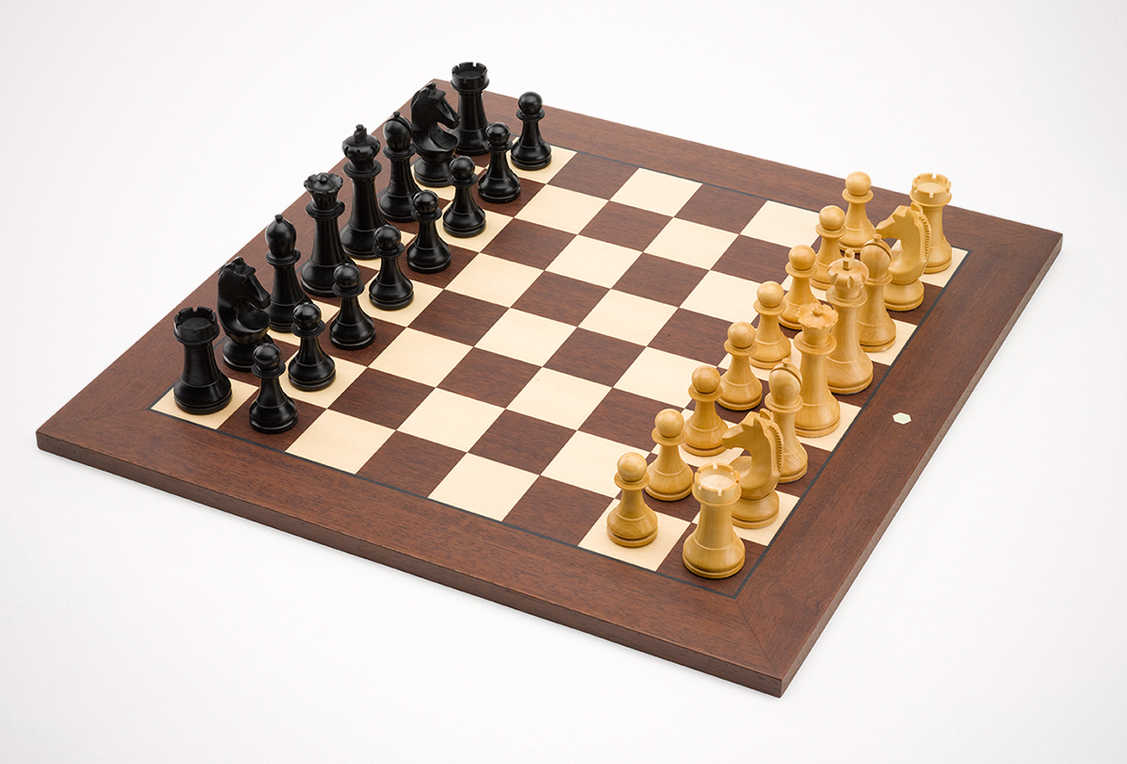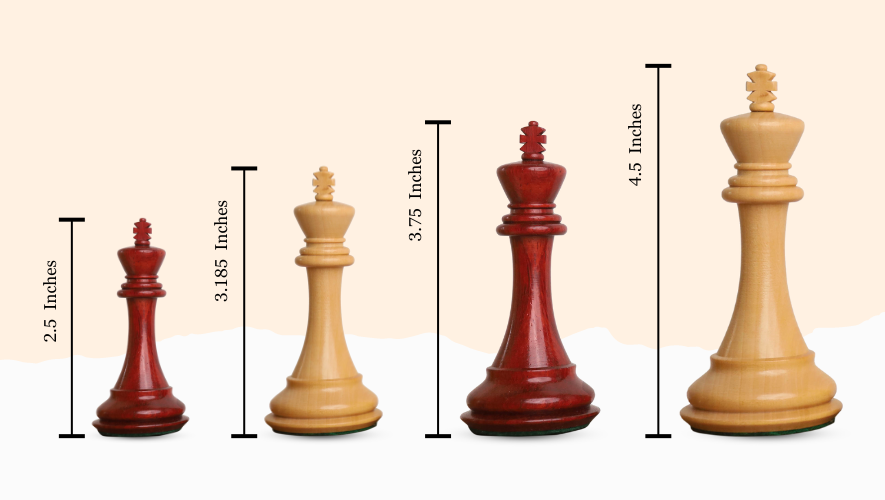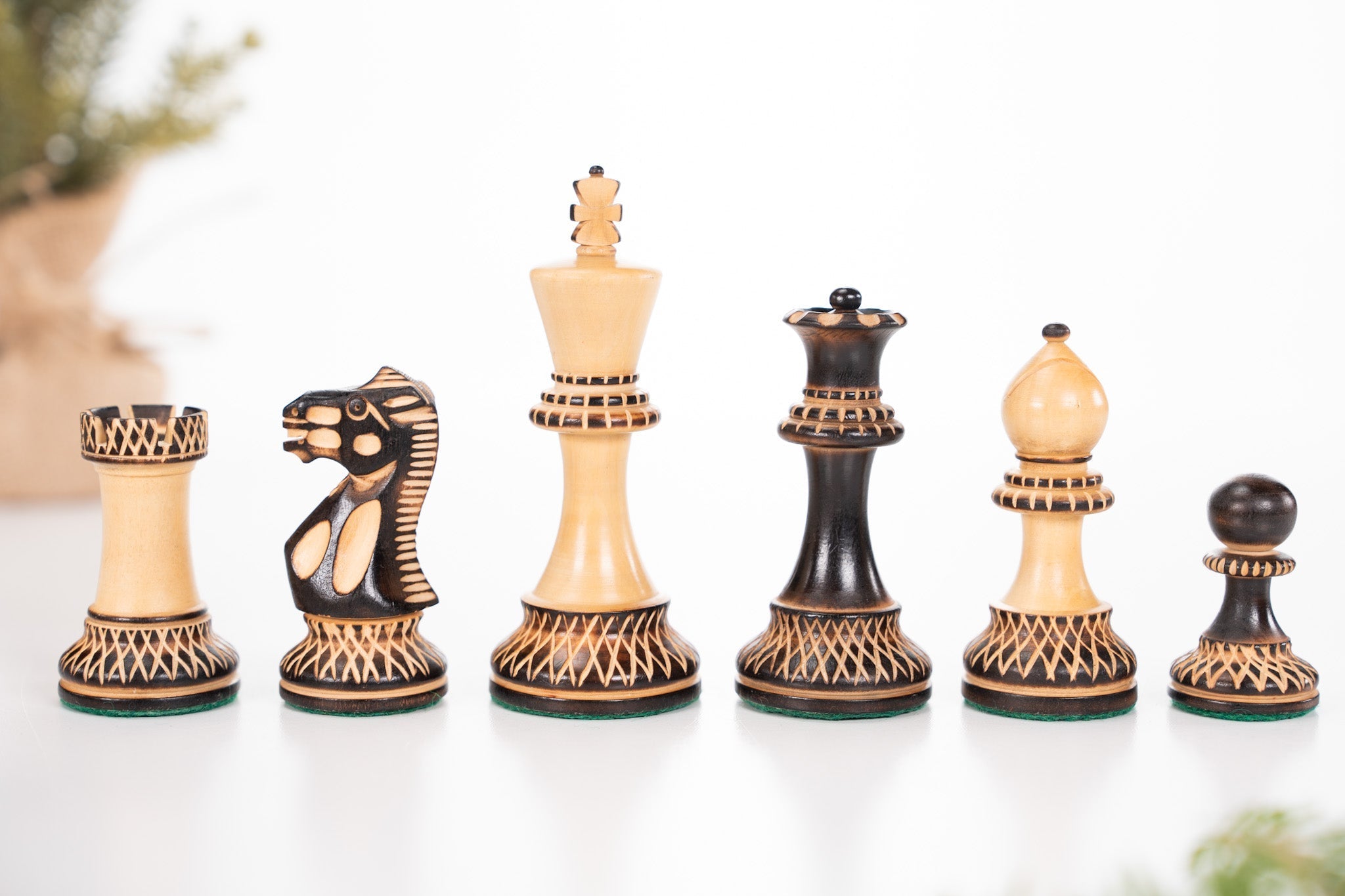Chess is a game of skill and strategy. The board you use can impact your play.
For those serious about chess, using the right tournament board is crucial. Official dimensions and standards ensure fairness and consistency in the game. But what makes a chess board “tournament-worthy”? This blog will explore the best tournament chess boards, focusing on their official dimensions and standards.
Whether you’re a seasoned player or a beginner, understanding these details can enhance your playing experience. Let’s dive into the world of tournament chess boards and see what sets the best apart from the rest.

Credit: www.chess.com
Introduction To Tournament Chess Boards
Chess is a game of skill and strategy. It requires a proper setup. Tournament chess boards are made to meet official standards. They ensure fair play and consistency. Understanding these boards is key for any serious player.
Importance Of Standardized Boards
Standardized boards have specific dimensions. The World Chess Federation (FIDE) sets these standards. A square on the board should be 2 to 2.5 inches on each side. The entire board is usually 18 to 21 inches. This standard size ensures that pieces fit well.
Standardized boards also have consistent colors. They are usually light and dark shades. This contrast helps players see the pieces clearly. A standardized board creates a familiar playing field for all competitors.
Role In Competitive Play
In a tournament, every detail matters. The official chess board dimensions ensure fairness. It eliminates any confusion about the playing area. Players can focus on their strategy, not the board size. This leads to a better and more competitive game.
A standardized board is also important for timing. Chess clocks are synced with the board’s size. This ensures that all players have equal conditions. A proper setup creates a level playing field. It allows skill and strategy to shine.
| Feature | Description |
|---|---|
| Square Size | 2 to 2.5 inches per side |
| Board Size | 18 to 21 inches |
| Color | Light and dark shades |
A tournament chess board must meet these criteria. This ensures a consistent and fair game environment. Standardized boards are essential for competitive play.
Official Dimensions
Choosing the right chess board for tournaments is crucial. Official dimensions ensure fairness and consistency in play. Understanding these dimensions helps players prepare better.
Board Size
The standard tournament chess board measures 20 inches by 20 inches. This size provides enough space for clear piece movement. It also allows players to easily view the entire board.
Square Size
Each square on the board is 2.25 inches by 2.25 inches. This size ensures the pieces fit well within the squares. It’s important for maintaining proper alignment during play. Having uniform square sizes helps players focus on their strategy.
Material Choices
Choosing the best tournament chess board involves more than just size. The material of the board significantly impacts the playing experience. Here, we explore three popular material choices: wooden, vinyl, and plastic boards. Each material has unique features that cater to different preferences and needs.
Wooden Boards
Wooden chess boards are a favorite among serious players. They offer a classic and elegant look. These boards are often made from high-quality woods like walnut, maple, and rosewood. The natural grain of the wood adds a touch of sophistication to any game.
- Durable and long-lasting
- Heavy and stable on the table
- Beautiful and timeless appearance
Wooden boards are often paired with weighted pieces for a premium feel. They are suitable for both home use and professional tournaments.
Vinyl Boards
Vinyl chess boards are popular for their portability and affordability. They are lightweight and easy to roll up, making them ideal for travel and casual play. Vinyl boards come in a variety of colors and designs, catering to different tastes.
- Lightweight and portable
- Easy to clean and maintain
- Affordable and widely available
Vinyl boards are a great choice for beginners and those who play on the go. They are also commonly used in schools and clubs due to their durability and low cost.
Plastic Boards
Plastic chess boards offer a blend of durability and affordability. These boards are often used in schools, clubs, and casual settings. Plastic boards are easy to clean and can withstand rough use.
- Durable and sturdy
- Water-resistant and easy to clean
- Cost-effective and practical
Plastic boards are perfect for environments where the board may be handled roughly. They are a practical choice for young players and beginners.
Chess Pieces Standards
When selecting the best tournament chess boards, understanding the standards for chess pieces is crucial. These standards ensure a fair and consistent game. They also contribute to the aesthetic and functional aspects of the board. Below, we explore the detailed standards for the height of the king and the proportion of pieces to squares.
King Height
The height of the king is a critical aspect of tournament play. According to the World Chess Federation (FIDE), the king should be between 85mm to 105mm tall. This ensures that the king stands out among other pieces. It’s easy to recognize and enhances gameplay.
| Piece | Recommended Height (mm) |
|---|---|
| King | 85 – 105 |
| Queen | 75 – 95 |
| Bishop | 70 – 90 |
| Knight | 65 – 85 |
| Rook | 55 – 75 |
| Pawn | 50 – 70 |
Proportion To Squares
The proportion of the chess pieces to the squares on the board is also vital. The base diameter of the king should be 40-50% of the square size. This ensures stability and ease of movement. For example, on a board with 55mm squares, the king’s base should be 22-27mm wide.
- King: 40-50% of the square size
- Queen: Slightly smaller than the king
- Bishop: Around 35-45% of the square size
- Knight: Around 35-45% of the square size
- Rook: Around 30-40% of the square size
- Pawn: Around 25-35% of the square size
These proportions make the game visually appealing. They also ensure that pieces do not overcrowd the board. This balance is essential for smooth play and a comfortable visual experience.
Fide And Uscf Regulations
Understanding the regulations of chess boards is crucial for tournament play. Both FIDE (Fédération Internationale des Échecs) and USCF (United States Chess Federation) have specific standards. These rules ensure fairness and consistency in chess competitions worldwide.
Fide Standards
FIDE sets the international standards for chess equipment. The chessboard should have squares of equal size. Each square should measure between 5 to 6 cm.
The board must have alternating light and dark squares. The light squares should be white or off-white. The dark squares should be black or dark brown.
FIDE also specifies the dimensions of the chess pieces. The height of the king must be between 9.5 to 10.5 cm. The diameter of the base of the king should be 40-50% of its height.
Here is a quick reference table for FIDE standards:
| Item | Specification |
|---|---|
| Square Size | 5-6 cm |
| King Height | 9.5-10.5 cm |
| King Base Diameter | 40-50% of height |
Uscf Guidelines
The USCF has its own set of guidelines for chess boards. The standard square size is 2.25 inches (5.7 cm). The board should have alternating light and dark squares.
The recommended colors are green and buff for the squares. The USCF also specifies the size of the pieces. The king should be 3.75 to 4.25 inches tall.
Here’s a quick overview of USCF guidelines:
| Item | Specification |
|---|---|
| Square Size | 2.25 inches (5.7 cm) |
| King Height | 3.75-4.25 inches |
Both FIDE and USCF standards ensure uniformity in chess tournaments. Understanding these standards helps players prepare better for official competitions.
Portability And Storage
Chess enthusiasts often need boards that are easy to carry and store. Whether you’re playing in a park, a tournament, or at a friend’s house, portability is essential. Let’s explore the different types of tournament chess boards that offer convenience and ease of storage.
Foldable Boards
Foldable chess boards are popular for their compact design. They fold in half, making them easy to slip into a bag. These boards often come with a handle or a carrying case. This makes them perfect for players on the move. The surface remains flat and smooth when opened, providing a great playing experience. They are sturdy and durable, suitable for frequent use.
Roll-up Boards
Roll-up boards offer another level of portability. These boards are made of flexible materials like vinyl or silicone. You can roll them up and store them in a tube or bag. They are lightweight and take up little space. Roll-up boards are ideal for quick setups and breakdowns. Their non-slip surface ensures the pieces stay in place during play. They are easy to clean and maintain.
Top Brands And Models
Choosing the right tournament chess board can elevate your game. The best boards have official dimensions and meet strict standards. Here, we highlight top brands and models known for quality and precision.
Dgt Boards
DGT Boards are popular in professional chess circles. These boards come with advanced features for serious players. DGT, or Digital Game Technology, offers electronic chess boards. They record moves and connect to online platforms.
Key models include:
- DGT Smart Board: Budget-friendly and ideal for clubs.
- DGT Bluetooth e-Board: Wireless and perfect for home use.
- DGT Revelation II: The top choice for tournaments and high-end play.
House Of Staunton
House of Staunton is a trusted name in chess. They offer luxury boards with classic designs. Their boards meet official tournament standards. They use high-quality wood and craftsmanship.
Notable models include:
- The Championship Series: Official size and perfect for serious players.
- The Collector Series: Elegant design and premium materials.
- The Classic Series: Affordable yet high-quality.
Chess House
Chess House offers a wide range of boards. They cater to all skill levels and budgets. Their boards are known for durability and design. Many players trust Chess House for their reliability.
Popular models include:
- Club Chess Set Combo: Great value and ideal for clubs.
- Wooden Tournament Set: Stylish and meets all standards.
- Deluxe Analysis Set: Portable and perfect for analysis.
Buying Guide
The process of choosing the best tournament chess board can be overwhelming. Various factors like budget, dimensions, and quality play a crucial role. In this guide, we will help you make an informed decision. Let’s dive into the essentials with a focus on budget and purchasing options.
Budget Considerations
Your budget is crucial when buying a tournament chess board. Different price ranges offer varying levels of quality and durability.
- Under $50: Basic boards made of plastic or vinyl. Suitable for beginners.
- $50 – $100: Mid-range boards. Often made of wood or high-quality plastic.
- Over $100: Premium boards. Crafted from high-end materials like maple or rosewood.
Decide your budget first. Then, explore options within that range. Remember, a higher price often means better quality. But a basic board can also serve well for casual play.
Where To Purchase
Knowing where to buy your chess board is vital. Reliable sources ensure quality and authenticity.
- Specialty Stores: These stores offer a wide range of chess products. They provide expert advice and often have exclusive items.
- Online Retailers: Websites like Amazon or eBay have numerous options. Read reviews and check ratings before purchasing.
- Chess Clubs: Local chess clubs sometimes sell boards. This can be a great way to support your community.
Each option has its pros and cons. Specialty stores offer expertise, while online retailers provide convenience. Local clubs foster community engagement. Choose the option that best suits your needs.
Maintenance Tips
Taking care of your tournament chess board ensures it stays in top condition for years. Proper maintenance helps keep the board looking new and prevents damage. Below are some essential tips for cleaning and storing your chess board effectively.
Cleaning Methods
Regular cleaning keeps your chess board pristine. Use a soft, dry cloth to wipe the surface. This removes dust and fingerprints. For deeper cleaning, dampen the cloth slightly with water. Avoid using harsh chemicals, as they can damage the finish.
If your chess board has intricate designs, use a soft-bristled brush to clean the grooves. Pay extra attention to the edges and corners. If you notice any stains, a small amount of mild soap mixed with water can be used. Gently scrub the stained area and dry it immediately.
Storage Recommendations
Proper storage is crucial for maintaining your chess board. Keep it in a cool, dry place. Avoid direct sunlight, which can cause fading and warping. Store the board flat to prevent any bending or warping over time.
If you need to transport your board, use a protective cover or a chess board bag. This prevents scratches and other damage during transit. Ensure that the pieces are stored separately to avoid any scratches on the board’s surface.
| Action | Recommended Method |
|---|---|
| Dusting | Soft, dry cloth |
| Deep Cleaning | Damp cloth with water |
| Stain Removal | Mild soap and water |
| Storage | Cool, dry place |
| Transport | Protective cover or bag |
Following these maintenance tips ensures your tournament chess board remains in excellent condition. Regular cleaning and proper storage can extend its lifespan and keep it looking new.

Credit: www.houseofstaunton.com

Credit: royalchessmall.com
Conclusion
Choosing the right tournament chess board is essential. Official dimensions ensure fair play. Quality boards enhance the game experience. Always check for standard size before buying. Durable materials last longer and look professional. A good board makes chess more enjoyable.
Invest in a reliable board for serious play. Happy chess playing!







